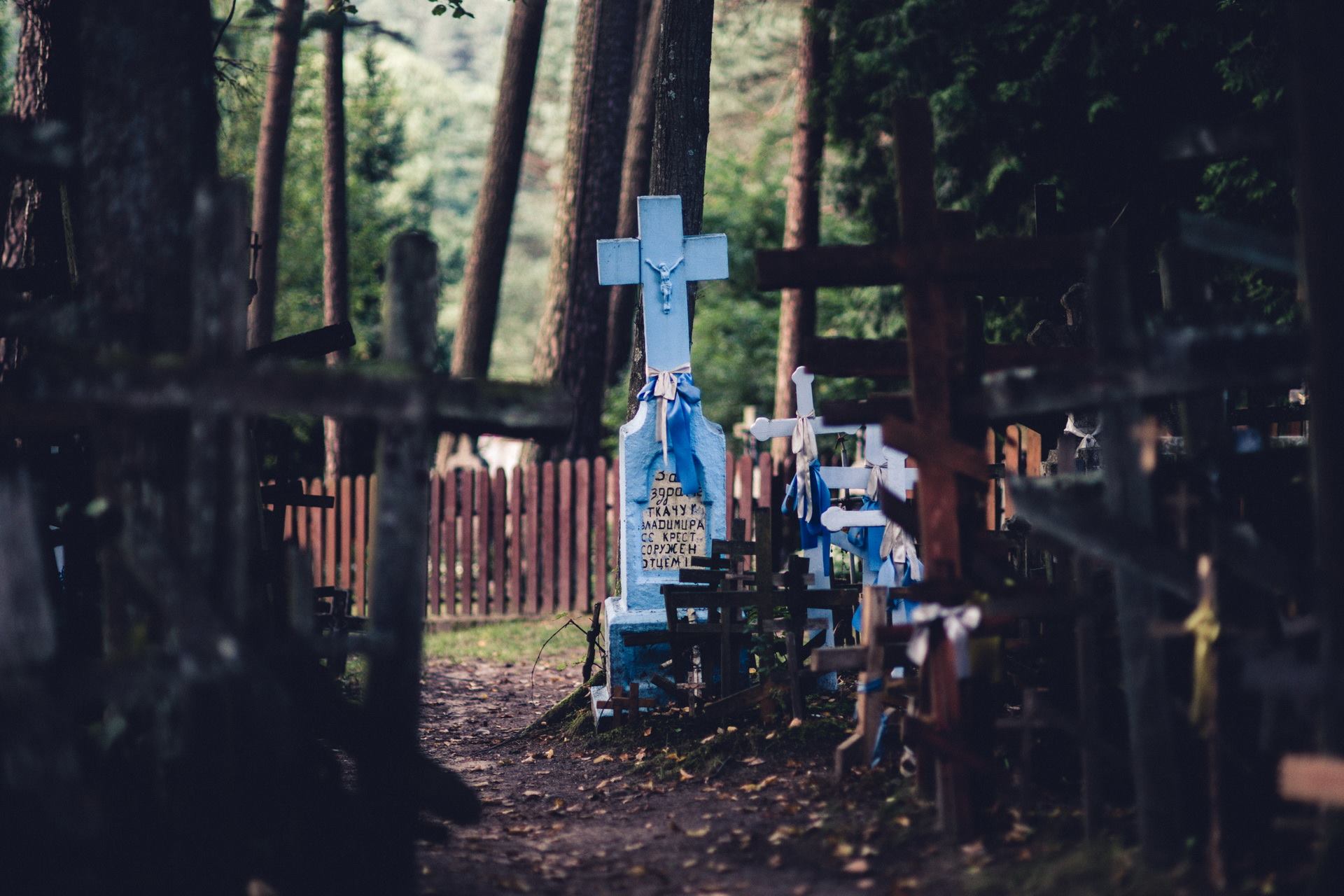Podlaskie is surprisingly amazing. See for yourself! Here are 9 places you simply cannot miss when in Podlaskie – from the region’s southern reaches to the Suwałki District in the north.
SUWAŁKI LANDSCAPE PARK
STUNNING VISTAS
Start your journey through Podlaskie with breathtaking views in the Suwałki Landscape Park. This is hilly terrain resembles the Bieszczady Mountains. Here, however, the hills alternate with dozens of picturesque lakes. Created in the late 1970s, it is the oldest landscape park in Poland. Home to Poland’s deepest lake Hańcza, the Park is a paradise for divers. Captivating vistas from the Cisowa and Zamkowa Hills. And the unusual landform in the Bachanowo Reserve dotted with boulders scattered around.
Where did these amazing landscapes come from? Ten thousand years ago, a glacier came all the way from Scandinavia to roam these lands. Now it’s your turn!

POST-CAMALDOLESE MONASTERY IN WIGRY
Travel in time
A symbol of the Suwałki District and the Wigry National Park. The Post-Camaldolese Monastery has been towering over the surface of Lake Wigry for several hundred years. A stroll along narrow alleys winding around the buildings of the monastic complex will send you back in time. Get carried away by tales of the Camaldolese monks, marvel at the stunning view from the clock tower, descend to the crypts, where the monks rest in eternal peace, or visit the papal apartments, which hosted Pope John Paul II. Or simply soak up the magic of this place at your own pace. No need to hurry.
Stay the night at one of the hermitages, where monks used to live in religious seclusion. If you are looking for a place to stay with an extraordinary ambience, you can’t get any better than this!
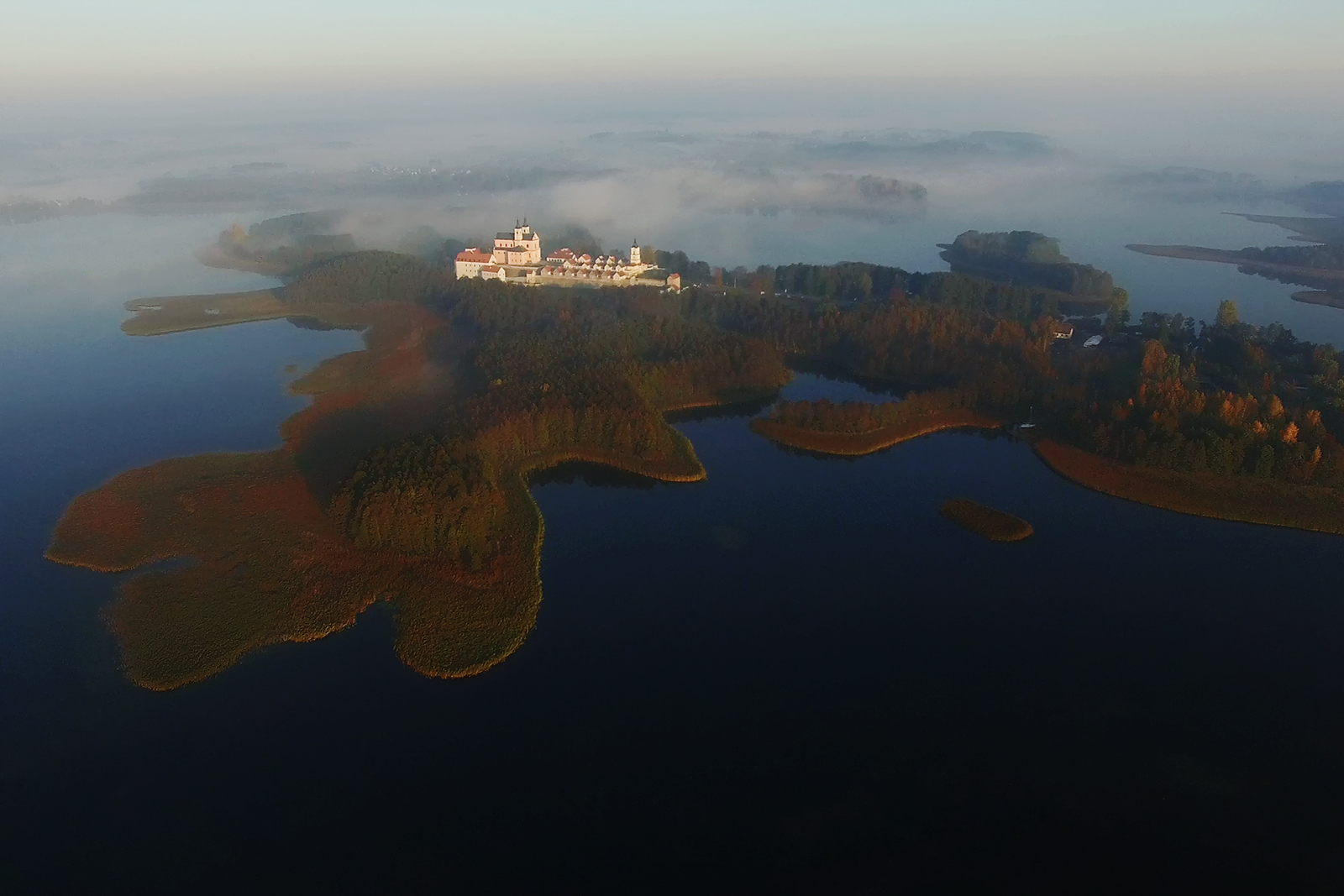
OSOWIEC FORTRESS IN THE BIEBRZA NATIONAL park
IMMERSE IN HISTORY
Poland’s largest national park, the Biebrza National Park, is the domain of Nature. It has also witnessed some momentous historical events. The Park is home to the remains of the mighty Osowiec Fortress, erected by the Tsar to withhold German attacks. The fortress proved invincible and has never been conquered.
Today many bird species nest on the fortifications, and in winter the vaults provide shelter for an enormous colony of bats. You can only tour the fortress with a guide. If you want to peek in every corner of this huge fortification complex, it might take you as long as 8 hours!
You can find a list of licensed, English speaking tour guides on the Biebrza National Park website.
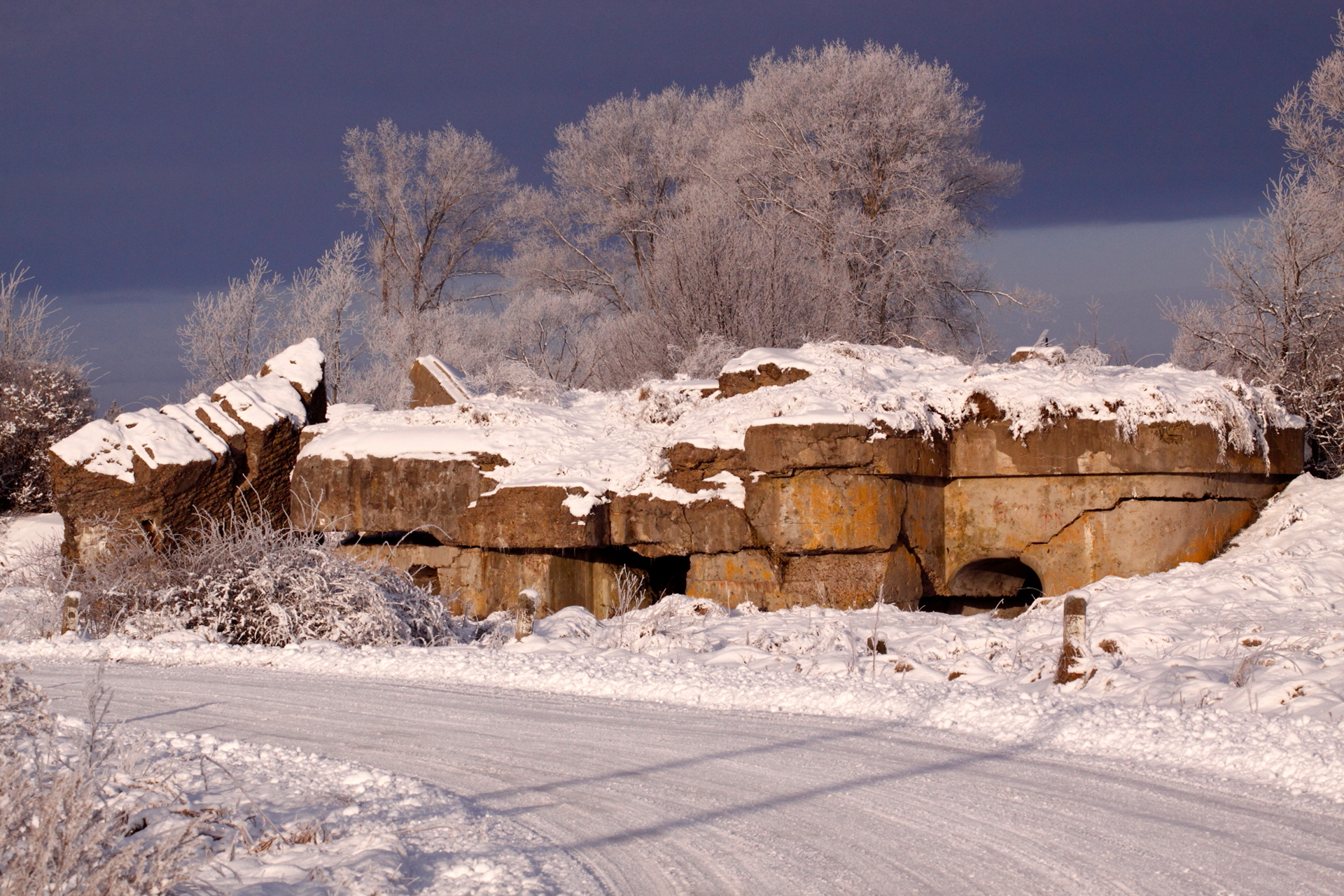
Tykocin
SYNAGOGUE, CASTLE, AMBIENCE
Tykocin Tykocin is located on the Narew River, 30 km west of Białystok. At first, seemingly sleepy and lazy, the town resonates with unique calmness, which lets you experience more.
Visit the Great Synagogue – a profound trace of a former significant Jewish community, recently restored to its original facade colour from 17th century. Take a stroll among charming wooden houses and try specialities of the Jewish cuisine in the Tejsza restaurant.
Tykocin is also home to Podlaskie’s only castle, where you can even stay overnight. The castle restaurant lets you discover the flavours of Polish court cuisine.

Supraśl
SLOW DOWN AND BREATHE
Visit this spell-binding health resort town amid the Knyszyn Primaeval Forest to fully unwind and recharge your batteries. Relax on the riverfront or get into a kayak to paddle along the Supraśl River. Stroll through the picturesque Wiktor Wołkow Boulevard or dive into the greenery of the Knyszyn Forest, which features a dense network of hiking and cycling trails.
Visit the mystical Museum of Icons to marvel at amazing pieces of sacral Orthodox art and listen to the unique choir chants. Step into the nearby monumental Monastery of the Annunciation. And in the evening watch a performance at the iconic Wierszalin Theatre.
But above all – breathe deeply!
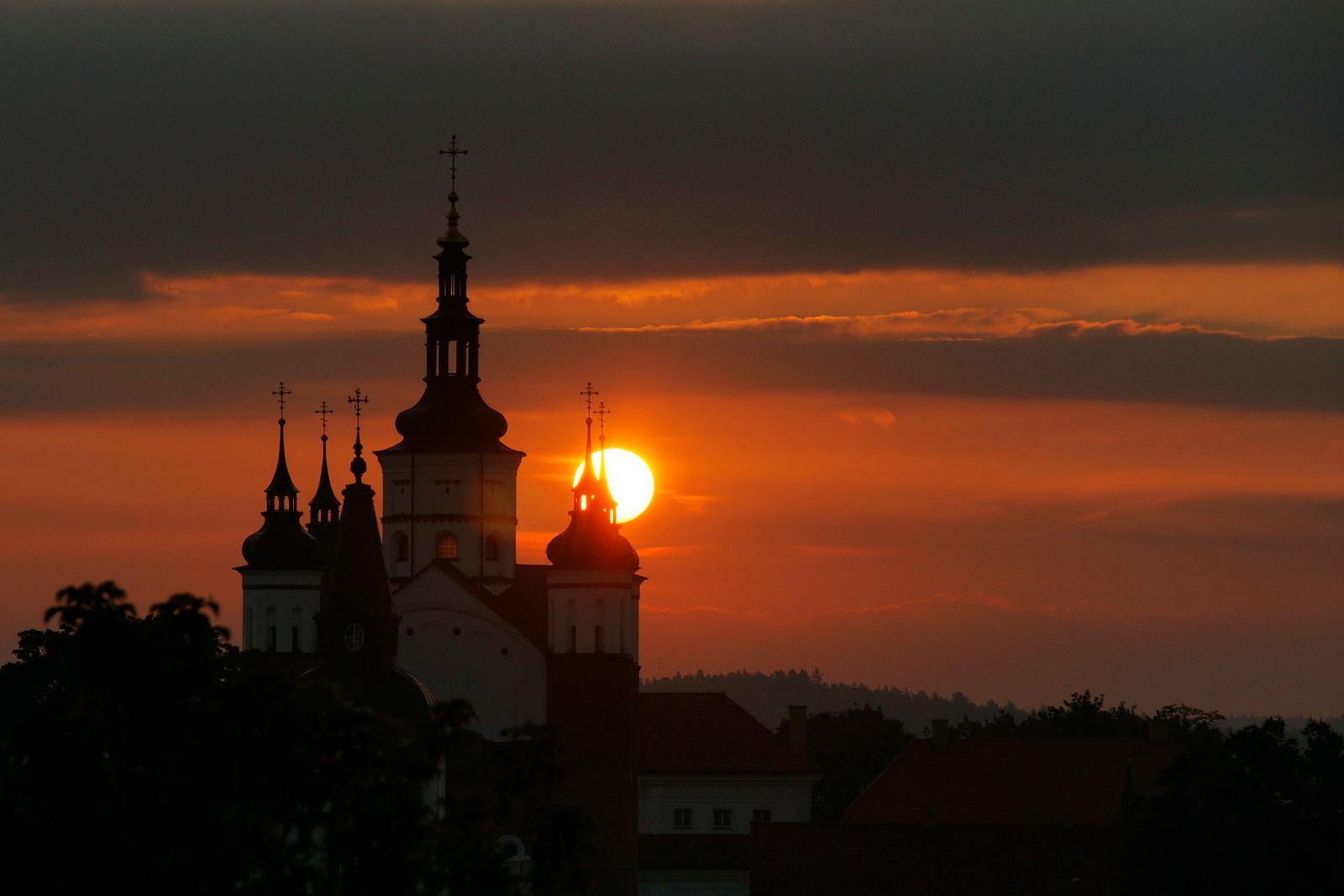
Kruszyniany
MAGIC OF THE ORIENT
Located on the Polish-Belarusian border, the village of Kruszyniany is home to Poland’s oldest mosque. Step inside and listen to the tales of the region, in which the Catholic, Orthodox and Muslim have been living in harmony for ages. Be sure to visit the nearby mizar, Muslim cemetery, hidden in the woods just behind the mosque.
Cross the street to indulge in traditional Tatar cuisine in the world-famous Tatarska Jurta restaurant.

LAND OF OPEN SHUTTERS
WOODEN HOUSES AND FAIRYTALE ORTHODOX CHURCHES
Trześcianka, Soce, Puchły – these 3 gorgeous villages in the south-eastern part of the region are known as the Land of Open Shutters. They are famous for intricately ornamented wooden houses, stunning colourful Orthodox churches, but most of all for the overwhelming serenity.
When in the area, be sure not to miss a truly magical place – the Orthodox Skete in Odrynki, a monastic hermitage located among the picturesque Narew backwaters. You can get there only on foot, through wooden footbridges, which lead over harsh wetlands.

BIAŁOWIEŻA PRIMAEVAL FOREST
TOUCH PRISTINE NATURE
While traversing the southern stretches of the region, visit the Strict Protection Reserve in the Białowieża Primaeval Forest. This spell- binding place, untouched by human hand and overlooked by centuries-old trees, lets you slow down and detach from everyday hassle. On your way to the Oak of King Jagiełło, you are almost certain to lose telephone signal and spend almost 5 hours listening to the whispers of the ancient forest.
The Strict Protection Reserve can only be accessed with a tour guide. You can find a list of licensed english speaking tour guides on the Białowieża National Park website.
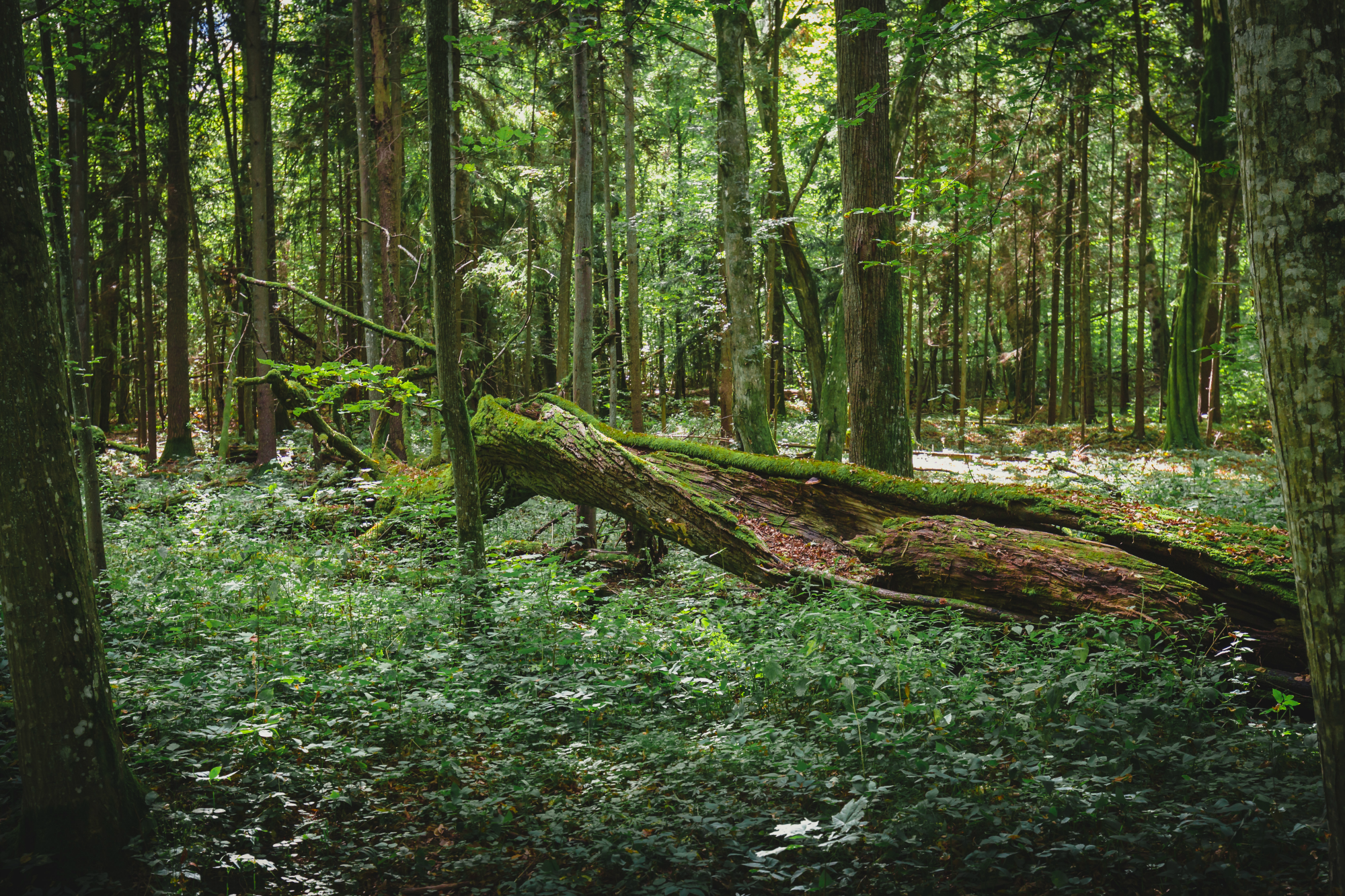
HOLY MOUNT GRABARKA
FEEL THE SPIRIT OF MYSTICISM
Grabarka is the heart of the Polish Orthodox Church and an important pilgrimage site for many worshippers from all over the world. Surrounded by thousands of votive crosses brought here by pilgrims, feel the transcendental ambience of this place.
Several centuries ago, when a deadly outbreak of cholera decimated the local population, thousands of people sought shelter from the epidemic. They found it on Mount Grabarka. Their prayers and water from a nearby spring brought them salvation. As a token of gratitude, those who survived built a shrine atop the mount.
At present, there is a women’s Orthodox monastery atop Mount Grabarka, and pilgrims still believe in the healing powers of water from the spring.
